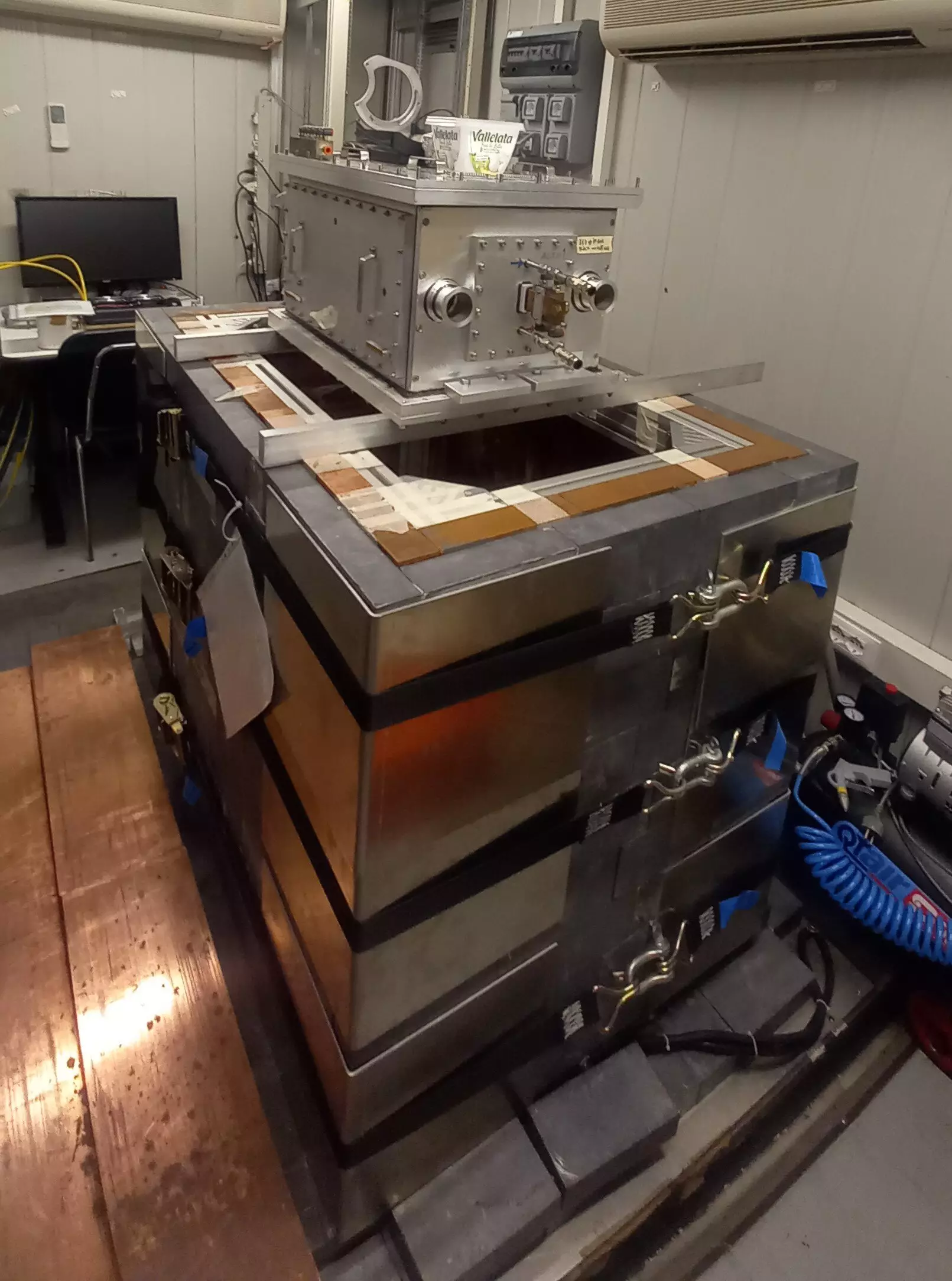The quantum realm operates according to principles that profoundly diverge from everyday experiences, leading to paradoxical scenarios that challenge our intuition. A prime example of this is Erwin Schrödinger’s thought experiment featuring his infamous cat, which simultaneously embodies life and death until an observer intervenes. While this thought experiment highlights the peculiarities of quantum mechanics, it also emphasizes a significant gap in our understanding of how these quantum effects manifest—or fail to manifest—in the macroscopic world. Remarkably, the notions of superposition and wavefunction collapse suggest that, under specific conditions, large objects could also exist in multiple states at once, yet we consistently observe a reality devoid of such phenomena.
The Measurement Problem in Quantum Mechanics
At the heart of the quantum conundrum lies the “measurement problem,” an issue that prompts debates and research among physicists. According to standard quantum mechanics, particles can exist in multiple states, illustrated through the wavefunction—a mathematical entity that describes the probabilities of a system’s various states. However, when a measurement is made, the wavefunction ‘collapses,’ leading to the classical behavior of the observed system. This transition from quantum superposition to classical reality raises fundamental questions: What triggers this collapse? Why do large-scale objects behave differently from subatomic particles?
In the search for answers, researchers have developed several alternative theories that propose different mechanisms for wavefunction collapse. Among these, “quantum collapse models” offer intriguing insights into how the interactions of larger systems with the environment might facilitate this process. The exploration of these models not only expands our understanding of quantum mechanics but also challenges the very essence of how we perceive reality.
Proposed Models of Quantum Collapse
The scientific community has spotlighted two predominant types of collapse models: Continuous Spontaneous Localization (CSL) models and gravity-related models, such as those proposed by acclaimed physicist Roger Penrose and Lajos Diósi. The CSL models suggest that wavefunction collapse occurs spontaneously due to an intrinsic, random process, independent of external influences. In contrast, gravity-related models assert that gravitational effects play a crucial role in wavefunction dynamics, positing that larger systems collapse more rapidly due to their gravitational interactions.
These models provoke the possibility that quantum effects are not wholly absent from macroscopic objects but instead operate under mechanisms that prompt their rapid and unobservable collapse. This idea has significant implications: if true, it could fundamentally alter our interpretations of reality and the distinctions we draw between quantum and classical systems.
To delve deeper into the implications of quantum collapse models, an international collaboration of researchers has focused on detecting spontaneous radiation, which may serve as an indicator of these models’ validity. This investigation is particularly compelling due to its potential to produce observable effects that traditional quantum mechanics fails to account for. In their recently published work in *Physical Review Letters*, Catalina Curceanu and her team delved into the relationship between spontaneous electromagnetic radiation and different atomic species, uncovering surprising dependencies that signal a need for additional experiments.
The researchers are particularly interested in observing high-energy “gamma” radiation, which might provide evidence for particular collapse models. So far, extensive studies have not produced definitive findings, but they have narrowed the range of possible collapse models and helped to refine the parameters within which these models operate.
Recent calculations have indicated that, at lower energies within the X-ray region, the characteristics of spontaneous radiation can vary significantly based on the atomic species being examined and the specific collapse model in question. Such outcomes suggest that a deeper connection exists between atomic structure and fundamental quantum processes, pointing towards an intricate interplay that remains poorly understood.
Looking ahead, Curceanu and her colleagues are gearing up for experimental trials at the LNGS-INFN underground laboratory in Italy, aiming to investigate the relationship between spontaneous radiation and atomic characteristics. By utilizing various targets, they hope to uncover the nuances of wavefunction collapse and its expansive ramifications across scientific disciplines.
Should signals indicative of quantum collapse be detected, the implications would reverberate through physics, potentially leading to revisions in our fundamental understanding of reality. This journey into the quantum abyss reflects our undeterred quest to understand the universe’s workings, pushing the boundaries of knowledge and challenging the narratives we construct around nature itself.
In concluding, the quantum measurement problem and the surrounding discussions on collapse models highlight not just scientific inquiry but our intrinsic desire to comprehend existence. As researchers continue to navigate the complexities of quantum phenomena, the promise of new discoveries looms large, ready to reshape our perceptions of the cosmos.


Leave a Reply